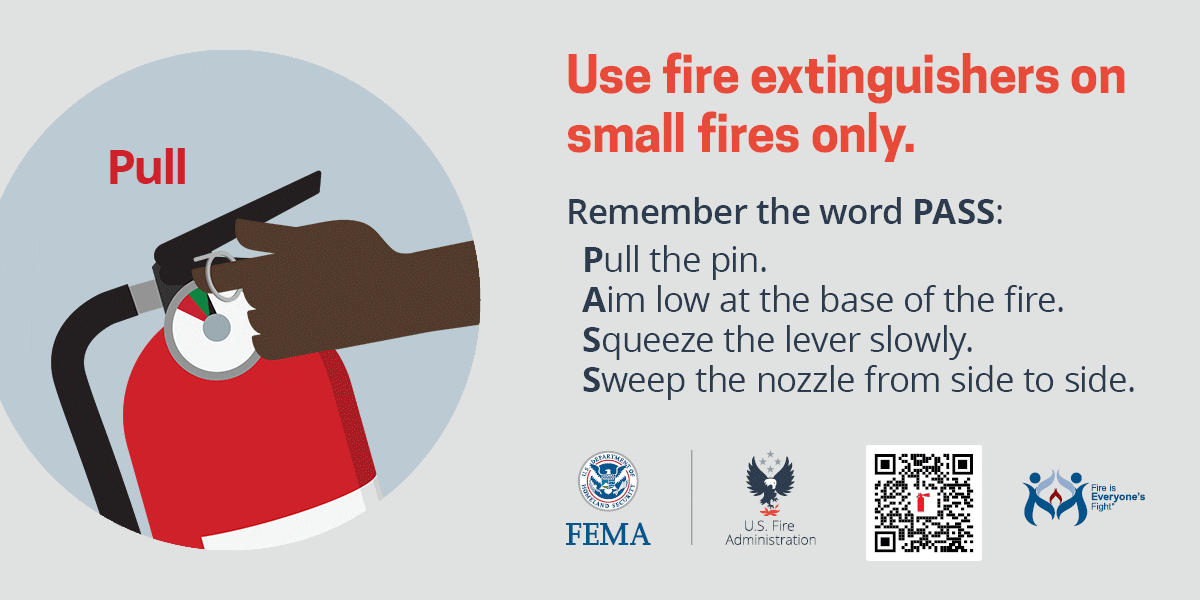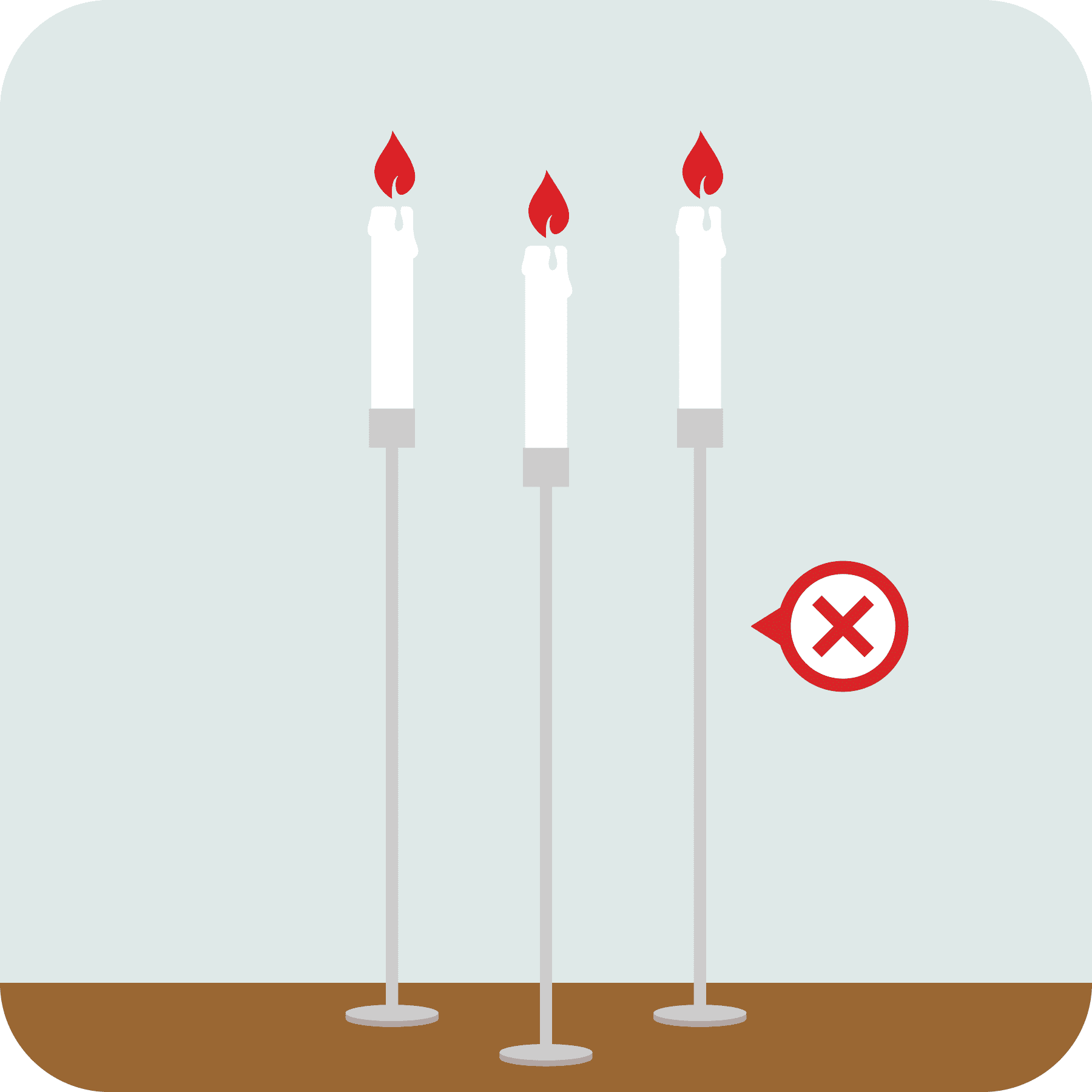Each year from 2020 to 2022, an estimated average of 1,300 fires in places of worship were reported to fire departments in the U.S. These fires resulted in an estimated annual average of $74.6 million in property loss. The leading cause of fires in places of worship was cooking (33%), but intentional actions accounted for an additional 15%.
Did you know:
A simple locked door could be the deterrent that saves a congregation from experiencing arson.
Messages to share
Protect houses of worship:
Social media graphics and stock photos

Pictographs
Pictographs can help overcome literacy barriers by communicating messages with pictures. Our pictographs will help you to communicate fire and arson prevention messages to your community.



Help congregations plan a safety day
Work with local houses of worship to plan a Fire Safety Day. Here are some ideas for activities to include:
Fire safety visit
Teach the congregation about:
- Fire extinguisher use.
- Candle use in services and candle alternatives, such as flameless candles.
- The importance of an automatic fire sprinkler system.
Inspect for:
- 2 ways out of every room, e.g., devotion area, study room, kitchen, library, etc.
- A posted and visible fire escape plan.
- Placement of smoke alarms, including alert devices for people who are hard of hearing.
- Cracked or damaged electrical cords and overloaded extension cords or wall outlets.
- Child locks on cabinets used to store dangerous items, such as poisons, cleaners, matches and lighters.
- Deadbolt locks that can be easily unlocked by all members of the congregation, especially children and people with disabilities, from the inside without a key.
Security check
Encourage the congregation to work with their local police department to identify security weaknesses.
Clean-up day
Many of the risks, hazards and safety concerns identified during fire safety and security activities can be fixed during a clean-up day at a house of worship. Specific tasks include trimming trees and shrubbery, cleaning windows, and removing all possible items that can start a fire, like flammable liquids, things that can burn and trash.
